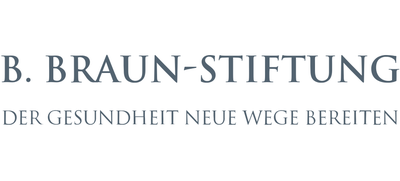Percutaneous endovascular treatment of infrainguinal PAOD: Results of the PSI register study in 74 German vascular centers
Perkutane endovaskuläre Therapie der infrainguinalen PAVK: Ergebnisse der PSI-Registerstudie an 74 deutschen Gefäßzentren
Keywords: Percutaneous infrainguinal stent, Peripheral arterial occlusive disease, Endovascular, Percutaneous, GermanVasc
Hauptforschende*r
Dr. Christian-Alexander Behrendt
Forschungsinstitut
Universitätsklinikum Hamburg-Eppendorf
Abstract
Background: The percutaneous infrainguinal stent (PSI) register study aimed to collect all percutaneous endovascular procedures for infrainguinal peripheral artery disease (PAD) conducted in 74 German vascular centers between September and November 2015 (3 months). In order to obtain representative results all consecutive treatment procedures had to be submitted by the participating trial centers.
Methods: Prospective, nonrandomized multicenter study design. All patients suffering from intermediate claudication (IC, Fontaine stage II) or critical limb ischemia (CLI, Fontaine stages III and IV) were included. Trial centers with less than five cases reported within the 3‑month trial period or centers that could not ensure the submission of all treated patients were excluded.
Results: In the final assessment 2798 patients from 74 trial centers were reported of which 65 (87.8 %) centers were under the leadership of a vascular surgeon. Approximately 33 % of the interventions in centers under the leadership of vascular surgeons were conducted by radiologists. Risk factors, especially chronic renal disease, diabetes and cardiac risk factors were significantly different between patients with IC and CLI. Of the patients with stage II PAD 41.3 % had 3 patent crural vessels compared to only 10.8 % of patients with Fontaine stage IV. With respect to peri-interventional complications, percutaneous endovascular treatment of IC was a safe procedure with severe complications in less than 1 % and no fatalities. Only 4.5 % of the procedures were conducted under ambulatory conditions. In the supragenual region self-expanding bare metal stents, standard percutaneous transluminal angioplasty (PTA) and drug-coated balloons were the most frequently used procedures. For interventions below the knee, standard PTA was the most commonly employed treatment.
Conclusion: The main aim of the PSI study was to obtain a realistic picture of percutaneous endovascular techniques used to treat infrainguinal PAD lesions and to describe the treatment habits of vascular specialists in Germany. To investigate the change in trends for treatment over time, this study has to be repeated in the future.
Fördersumme
13.000 Euro (2015)
